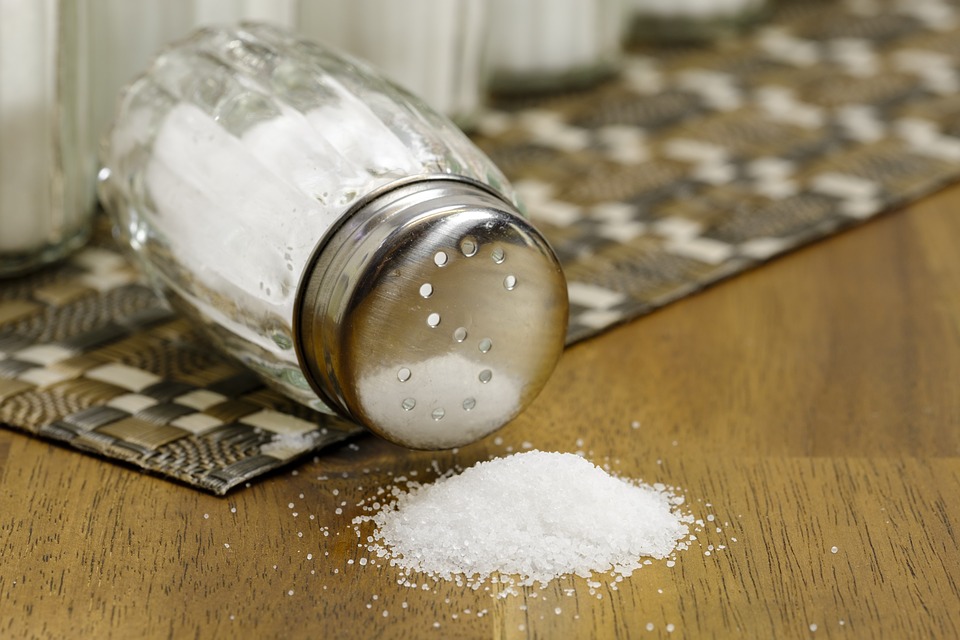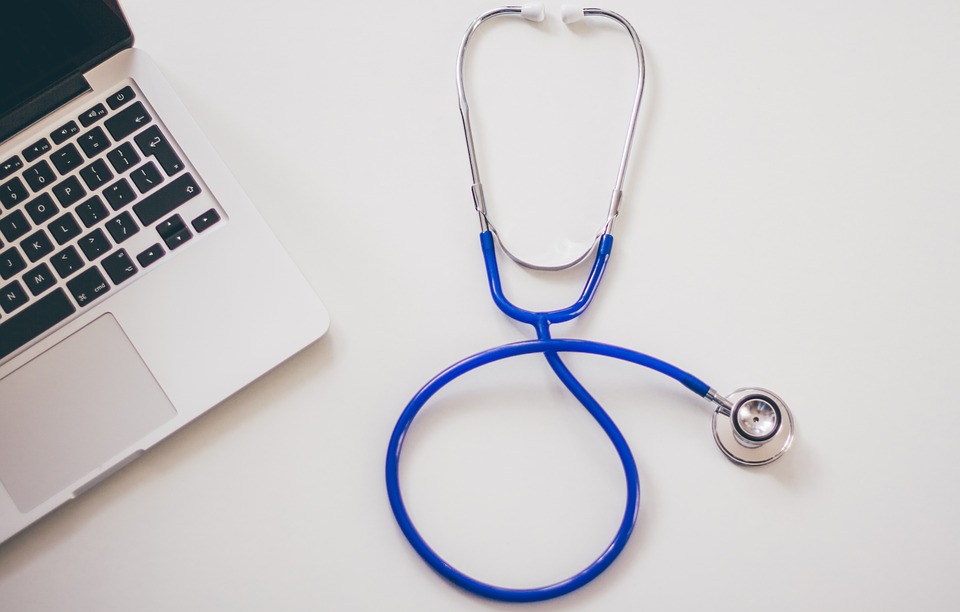
Market research conducted in August 2018 found that the Vitamin and Supplement Manufacturing industry in the US ballooned to profits of $31 billion. This number is a clear sign of the American public’s great desire to pursue a greater level of whole health and integrative nutrition. The debate, however, still continues to thrive in regards to the safety, efficacy, and even necessity of taking supplements. While supplements aren’t new, it’s still worth exploring and discussing them before jumping on the bandwagon.
The Rising Popularity of Supplements
A commissioned study from 2017 found that 76% of respondents say that they consume dietary supplements. The supplements they take commonly come in the form of pills, powders, and even herbal teas. The common responses when asked why they took supplements were to “improve” and “maintain” their health. Another 15% claimed that taking supplements boosted their immune system and that they were getting sick less often. Word of mouth and social media have all been conducive in spreading the glowing reviews of satisfied users to entice other people into using dietary supplements, as well.
The Unforeseen Risks
The issue begins when the supplements that people purchase are fake and contain harmful elements that end up compromising their whole person health. Even when the supplements are authentic, there’s a risk to combining different ones and using them with medication. Taking too much of certain nutrients like iron can cause hemochromatosis, as warned by the FDA. Popular supplements like St. John’s Wort originally enjoyed a reputation of being effective in boosting moods and chasing the blues away. It wasn’t until later when people found that it curbs the efficacy of antibiotics and even antiretrovirals. You just might be risking your health because of a post that you read online, so it’s best to be careful.
A Life Without Supplements
Consumers that are skeptical or have heard horror stories about fake ones wonder if it’s possible to survive without them. It actually is; it’s just going to involve a lot of dedication. A lot of the vitamins and nutrients that supplements claim to give you are readily available in the food we consume regularly. When you carefully plan the food that you eat, you can actually get the nutrient count that you need. You can try to create a food plan that maximizes your nutritional intake or you can have a health coach or dietitian help you out.
Finding the Right Balance
There are supplements that do as advertised and there are all-natural diets that work. It is entirely possible to reach some sort of compromise between supplements and diet; all that’s needed is due diligence. Read up on different findings to build a study-based and fact-based opinion on supplements and nutrition. There’s a wealth of information out there about integrative nutrition. If that isn’t enough, you can always ask your trusted nurse coach or other healthcare professional for their educated opinion.
At the end of it all, doing research about supplements will safeguard your whole person health. As a consumer, it’s your responsibility to see if something trendy is worth dabbling into. Always avoid putting your health at any unnecessary risk.
———————-
For more whole health discussions like this, listen to my weekly radio show Living Above The Drama. Also available on iHeartRadio.
Author Credit: Allie Oliver










